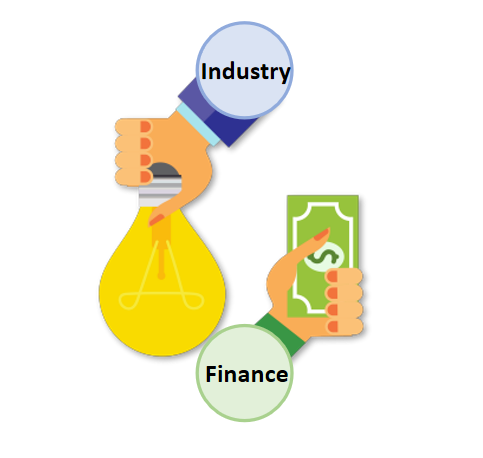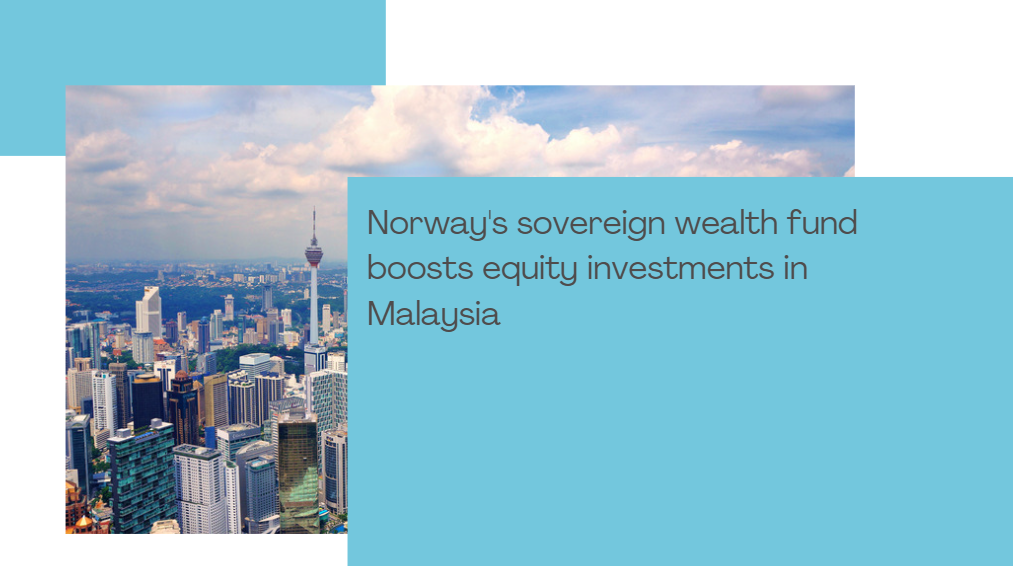Unlocking Downstream Opportunities for Green Hydrogen in Atlantic Canada
In recent years, green hydrogen has emerged as a promising solution in the quest for a prosperous and sustainable energy alternative. Beyond production, this sector holds significant downstream opportunities for Atlantic Canada, with promises to revolutionize industries and pave the way for a greener future. It is estimated that by 2030, job creation in the region will be close to 1,500 and over $35B in announced investment opportunities related to green hydrogen.
By leveraging its abundant natural resources and embracing innovative technologies, the region has the potential to reduce its carbon footprint, drive economic growth and capitalize on the creation of new generational opportunities, thanks to the new job opportunities and high potential for skill transferability.
Opportunity #1: Ammonia Production
One of the most prominent downstream applications for green hydrogen in Atlantic Canada is ammonia production. A key ingredient in fertilizers and industrial processes, ammonia is traditionally produced using fossil fuels.
However, by utilizing green hydrogen that is produced through electrolysis using renewable energy, ammonia production can become significantly more environmentally friendly and can help to decarbonize Canada’s – and parts of the world’s – agricultural industry. As a result, ammonia projects in the region are in high-demand and most are scheduled to be used for export to the European market, leveraging Canada’s Hydrogen Alliance with Germany.
In terms of employment opportunities, ammonia production represents an additional career path for chemical engineers in the region, especially those who have experience in the oil and gas industry. This is also good news to retain recent graduates, who can apply their skills towards new prospects in their field of study.
Opportunity #2: Fertilizer Production
Continuing on the topic of ammonia, this chemical compound of nitrogen and hydrogen is one of the most produced industrial chemicals in the world, most often for use in fertilizer, which results in significant emissions globally.
Ammonia’s uses range from being directly applied to soil as a plant nutrient or converted into a variety of common nitrogen fertilizers. At present, a variety of fossil fuel materials, including methane, function as the source of hydrogen. However, it may be substituted directly for green hydrogen to form green ammonia, which would be 100% emissions free and result in the reduction of over two tons of CO2 per ton of ammonia produced.
From an employment standpoint, fertilizer manufacturing sites are significant employers, and can range from being operated by 25 employees in a small facility to 2,000 employees in large fertilizer operations. Smaller manufacturing sites may not require significant investment, as they can be established for $10 – $100+ million dollars. However, larger fertilizer plants with adjacent facilities may cost upwards of $1 billion.
Opportunity #3: Green Steel
Another opportunity for hydrogen is its use to create green steel, which is more sustainable thanks to the process by which it is created. Producing steel using green hydrogen and a fully renewable power grid are 23x less emitting per kilogram of steel produced than traditional coal-based steel production.
A process called Direct Reduced Iron (DRI) can also be used in steelmaking to reduce its environmental impact. This involves reacting hydrogen directly with iron ore to produce iron and water in place of iron and CO2. In this scenario, an additional benefit of DRI steelmaking is that the main reaction runs at a lower temperature and therefore requires less energy. Scrap or recycled steel may also be used in the process, promoting and fostering a circular economy.
Newfoundland and Labrador in particular is home to an abundance of high-purity iron ore which is actively being extracted and used in the steel making process, making Atlantic Canada particularly close to the upstream supply chain of the process.
In terms of economic benefits, a new steel mill may create hundreds or even thousands of new jobs. IBISWorld, which tracks employment at steel mills across North America, lists that on average, a steel mill employs between 200 – 300 people, with larger mills approaching 1,000 – 2,000 employees.
Steel mills also typically take billions of dollars of investment to build, and a single new green steel facility in Atlantic Canada could results in $2 to $10+ billion of investment in a community.
Combined with renewable energy and green hydrogen produced from Atlantic Canada's abundance of wind power, Atlantic Canadian steel has the potential to be some of the greenest in the world.

Opportunities for decarbonization: Heating, power production and port operations
On top of downstream opportunities, green hydrogen also offers a chance to decarbonize certain sectors in Atlantic Canada, and even Canada at-large, as they see future demand increase combined with a desire and need to lower emissions related to their sector.
For example, green hydrogen can also offer a clean alternative to fossil fuels for residential, commercial and industrial heating applications. Dalhousie University, located in Halifax, is currently researching blending ratios and their impact on household appliances - an important step in the regulation process for hydrogen/natural gas blending.
·Heat is also used in the production process in some heavy industries, such as steel mentioned above, as well as aluminum and paper. The steel industry is currently estimated to account for about seven per cent of the world's carbon emissions, but the industry is striving to become net zero by 2050 when global demand is expected to soar by more than a third from current levels. Using green hydrogen instead of propane or natural gas to produce the necessary heat required in steel production, eliminates direct CO2 emissions.
·In that same vein, green hydrogen also can play a pivotal role in enhancing the stability and reliability of Atlantic Canada’s power grid. Excess renewable energy generated during periods of low demand can be stored as hydrogen through electrolysis and converted back into electricity during peak demand periods via fuel cells or gas turbines. This process, known as power-to-gas, helps balance the grid and supports the integration of intermittent renewable energy sources, such as wind and solar, into the energy mix. Hydrogen can also provide load management capabilities, daily and seasonal utility scale energy storage capabilities, and is an enabler for the growing variable renewable power sector.
·Looking towards the next decade, the possibility of promoting the use of a blended 15% hydrogen mix in existing natural gas turbines could reduce GHG emissions in Atlantic Canada immediately by nearly 300,000 tonnes annually. Converting power generation at these facilities entirely to hydrogen could reduce GHG emissions by as much as 1.9 million tonnes annually – this is greater than all agricultural emissions in Atlantic Canada! Green hydrogen has the power to decarbonize activities in port operations. It can reduce port GHG emissions by 50% annually by converting non-road equipment, non-road port vehicles, and administrative buildings to operate on hydrogen.
Atlantic Canada has a dense configuration of high-volume, high-growth ports. They play a crucial role in trade and logistics, making them hubs of economic activity. However, sea ports are users of heavy diesel equipment and are under pressure to reduce their emissions to meet federal and provincial climate goals. Some ports, such as the Port Saint John, plan to receive 5 times as much cargo by 2027, and are expanding their current capacity by 800% over the next few years. A Memorandum of Understanding (MOU) between the Halifax Port Authority and the Hamburg Port Authority was also signed in 2022 to decarbonize the shipping corridor between these two ports and advance collaboration in renewable hydrogen technologies.
Hydrogen fuel cells may also be advantageous for heavy-duty vehicles and vessels, offering longer ranges and faster refueling times compared to battery-electric alternatives. Hydrogen fuel cell generators could also provide shore power for vessels in harbor, and power for transport refrigeration units staged at the port. By integrating green hydrogen into port operations, Atlantic Canada can reduce its reliance on imported fossil fuels and showcase its commitment to sustainable development.
Promising outlooks and strong collaborations
With green hydrogen’s immense potential benefits in economic development, job creation, energy independence, and environmental stewardship, there is a compelling pathway being made towards a sustainable future in Eastern Canada. This is why Invest in Canada is committed to working with global companies and engaging in collaborative efforts between governments to overcome these challenges and scale up green hydrogen initiatives in Atlantic Canada.
This article is part of a Invest in Canada series on green hydrogen, with more to come over the next year in the News section. In the meantime, you can find more information on the sector here.























































First, please LoginComment After ~